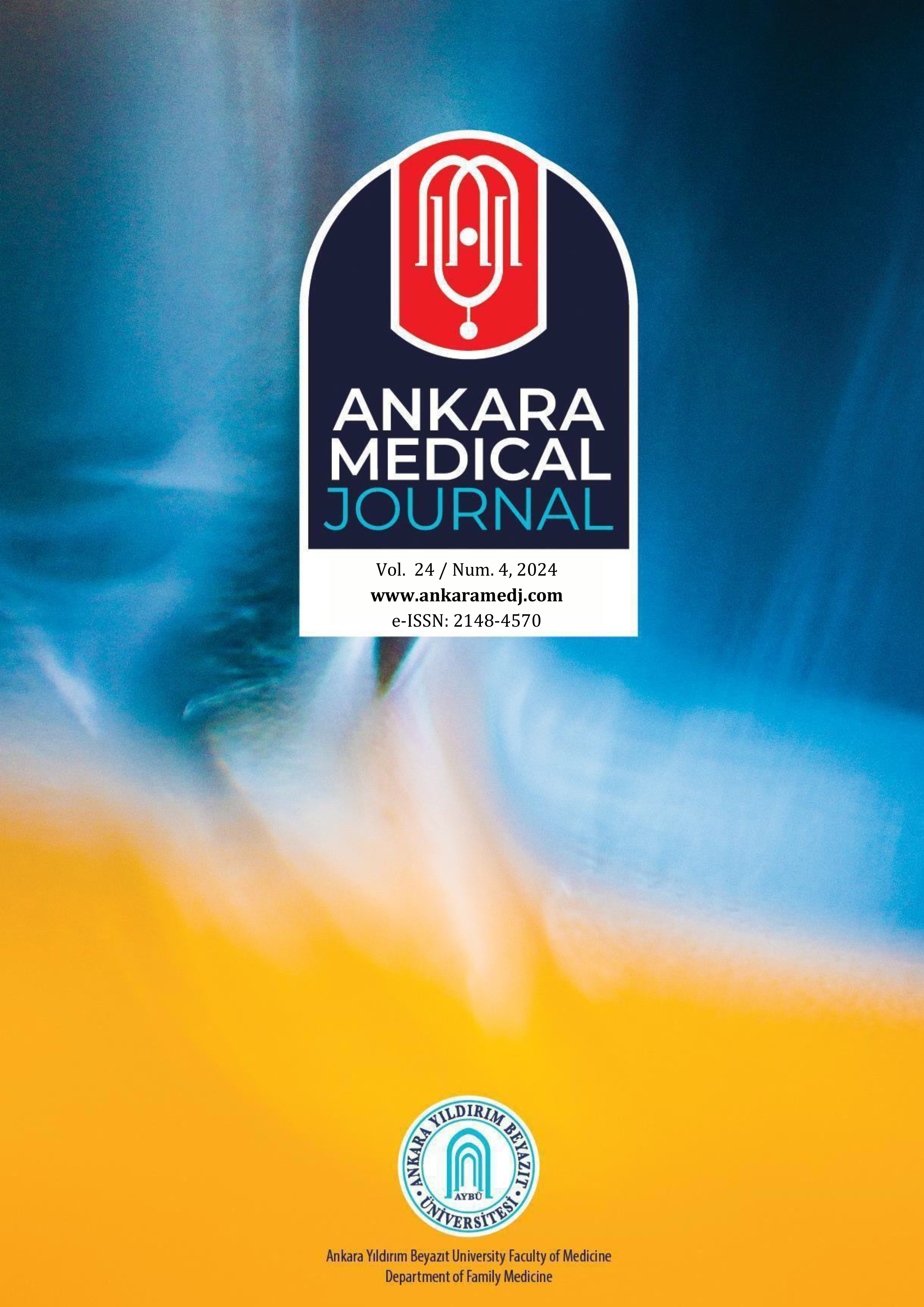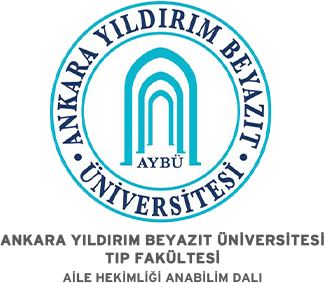Evaluating Patients Referred to Family Medicine Outpatient Clinic at A Tertiary Care Hospital
Rümeysa Kırış1, İsmail Kasım21Tosya District Health Directorate, Kastamonu, Türkiye2Department of Family Medicine, Ankara City Hospital, Ankara, Türkiye
INTRODUCTION: This study aims to analyze the patients transferred from the emergency triage clinic to the family medicine outpatient clinics and the patients returning to the emergency department with the same or similar complaints within 10 days.
METHODS: An analytical cross-sectional study was conducted with 370 patients who applied to family medicine outpatient clinics. Patients who agreed to participate in the survey were asked about their complaints, whether their complaints had been resolved, the status and reasons for return visits to the emergency department, and their attendance at the relevant clinics. The approval of the University of Health Sciences Ankara Bilkent City Hospital Ethics Committee (approval number E2-22-1719) was obtained before conducting a study involving 370 volunteers admitted as patients to the Family Medicine Outpatient Clinic at a tertiary care center in Ankara.
RESULTS: The average age of 370 patients who participated in the study was 38.8 ± 14.3. These patients consulted the family physicians with the complaints which can be split as 18.4% sore throat and nasal discharge, 14.6% musculoskeletal pain, and 31.6% of the patients revisited the emergency service. 21.4% of the patients who revisited the emergency service requested IV (intravenous) therapy, and 17.9% requested an injection. The most frequent symptoms observed in return visits to the emergency service were fever with a 50% rate and urinary disorders with a 48.1% rate.
DISCUSSION AND CONCLUSION: It is a public health issue to have overcrowded emergency rooms. Improving health literacy, better informing the patients, and optimizing the appointment systems can reduce the number of people overcrowding the emergency rooms.
Makale Dili: İngilizce





